A Guide to Fair Performance Evaluations
Performance reviews are meant to guide growth, yet too often, they end up discouraging the very people they aim to motivate. An employee who worked hard all year receives a lukewarm rating, while another gets glowing remarks for less measurable contributions. The difference? Bias, not performance.
Unconscious bias in appraisals is one of HR’s most persistent challenges. It doesn’t always stem from favouritism or ill intent; it’s often the result of human subjectivity and inconsistent evaluation methods. The result is the same: demotivated employees, eroded trust, and unreliable performance data.
In this guide, we’ll break down how bias creeps into appraisals, and how HR leaders can use structured processes and modern HR systems like Numla HR to eliminate it.
Common Performance Appraisal Biases
Performance appraisal bias happens when evaluations are influenced by personal perception instead of objective evidence. Even experienced managers fall into these traps without realising it.
Some of the most common forms include:
Recency bias
Giving more weight to recent events instead of the full review period.
Halo or horn effect
Letting one strong or weak trait overshadow overall performance.
Leniency or strictness bias
Consistently rating everyone too high or too low.
Affinity bias
Favouring employees who share similar interests, work styles, or backgrounds.
When performance evaluations rely solely on a single manager’s opinion or on loosely defined forms, these biases distort reality. Fairness becomes subjective, and HR loses the credibility needed to drive performance improvement.
The Impact of Biased Appraisals
Biased reviews don’t just hurt employee morale; they damage the entire talent management cycle.
- High performers disengage when they see recognition go to the wrong people.
- Promotions and pay decisions become inconsistent, leading to perceptions of favouritism.
- Turnover rises as talented employees seek workplaces where effort is recognised objectively.
- HR’s strategic credibility declines when data can’t be trusted.
To build a culture of fairness and accuracy, HR needs more than training sessions on unconscious bias. They need a system that enforces structure, transparency, and data-driven evaluation. That’s where Numla HR’s Performance Appraisals App makes a measurable difference.
Practical Ways to Reduce Bias in Appraisals
1. Standardise the Review Process with Appraisal Templates
Unstructured reviews leave too much room for personal interpretation. Every manager rates differently, uses different questions, and focuses on different priorities.
Numla HR eliminates this inconsistency through customizable appraisal templates. HR can create structured forms for each role or department, combining both open-ended and rating-based questions. The same framework applies across employees, ensuring that evaluations focus on performance criteria, not personality.
When every manager uses the same yardstick, fairness becomes measurable.
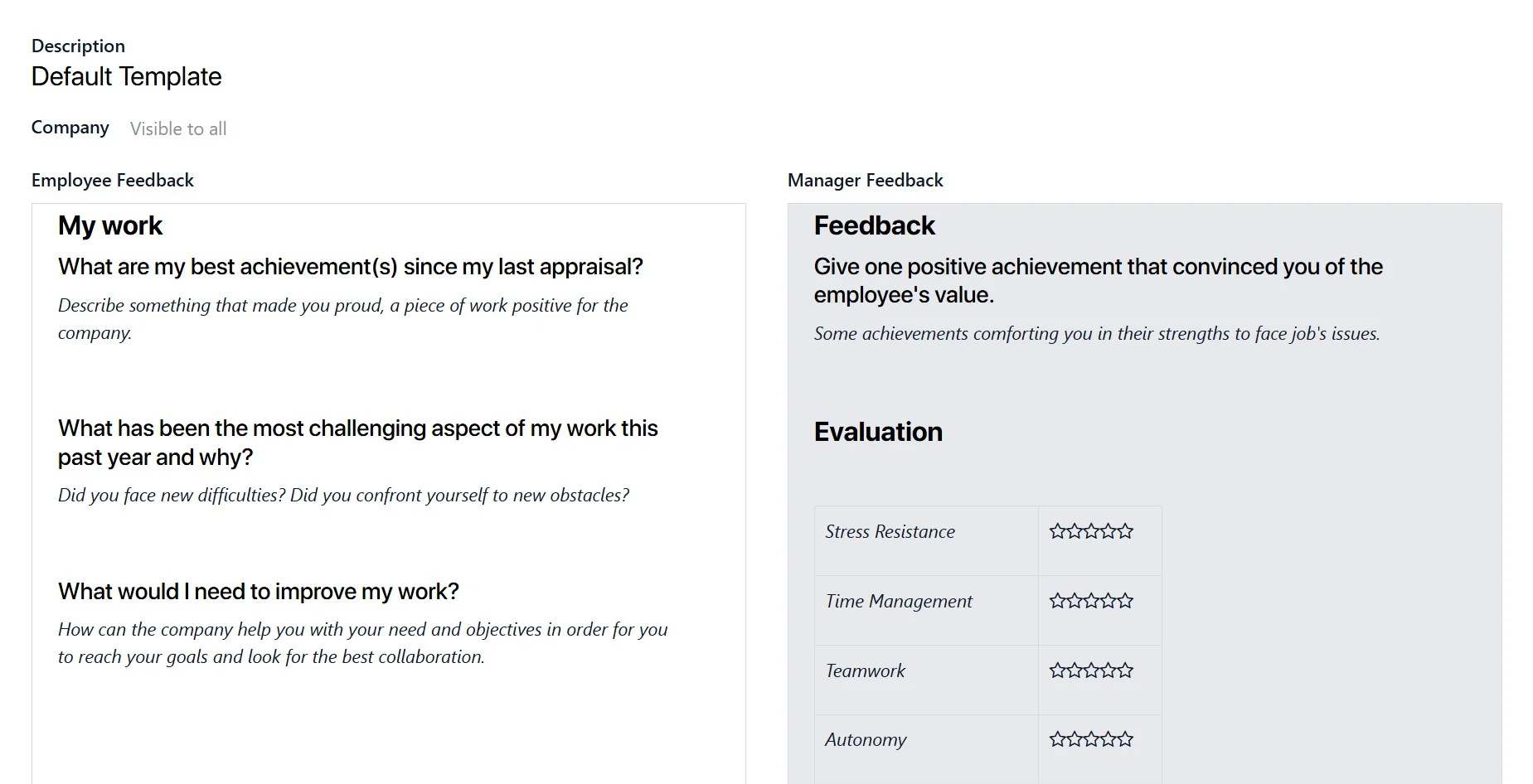
2. Use Multi-Source Feedback for a Balanced Perspective
Relying on a single manager’s view increases the chances of bias. A more reliable approach is to collect feedback from multiple sources, like peers, subordinates, and supervisors.
Numla HR enables 360-degree feedback, allowing HR teams to invite reviewers from across the organisation. Each participant provides input within defined timelines, and all responses are consolidated into a unified view.
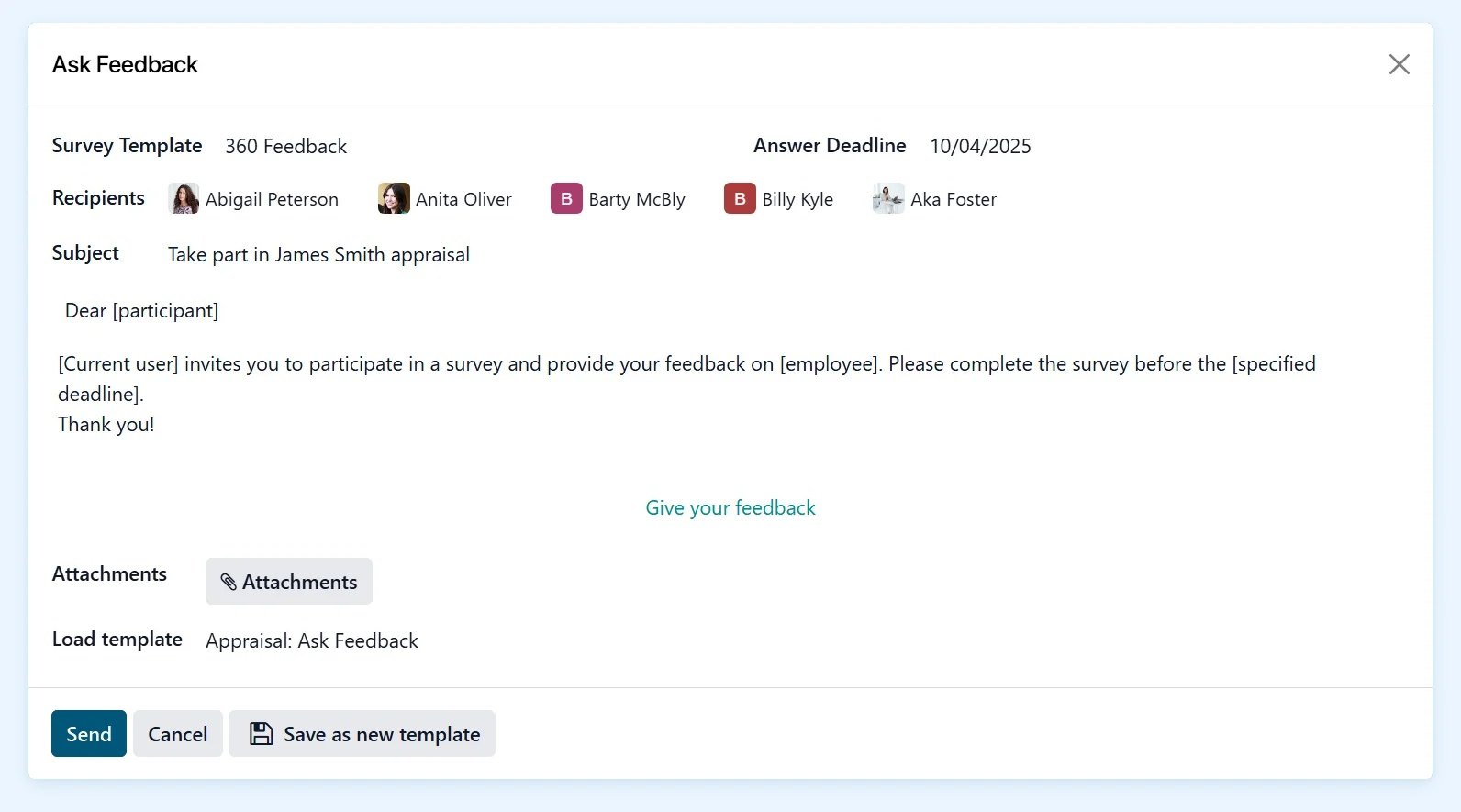
This multi-source approach helps managers make balanced evaluations. Instead of one perspective dominating the review, the final appraisal reflects how an employee actually performs across different interactions.
3. Align Appraisals with Measurable Goals and Skills
One of the most effective ways to reduce bias is to anchor evaluations in data.
Numla HR connects each appraisal to goals and skill sets. Managers can see whether an employee met their defined objectives and how their skills evolved over time. Rather than relying on memory or impressions, evaluations are grounded in evidence, completed projects, achieved targets, and measurable growth.
With goal tracking and skill evolution reports, HR gains a factual basis for discussions about promotions, training needs, or performance improvement.
4. Increase Transparency with Review Dashboard
In traditional systems, performance reviews often happen in isolation. HR sends forms, managers fill them at their own pace, and feedback disappears into email threads. This lack of visibility allows bias and delay to flourish.
Numla HR’s appraisal dashboard brings structure and transparency to the process. HR and leadership can track every campaign’s status: draft, ongoing, or completed, across departments. They can view progress and ensure evaluations are completed consistently and on time.
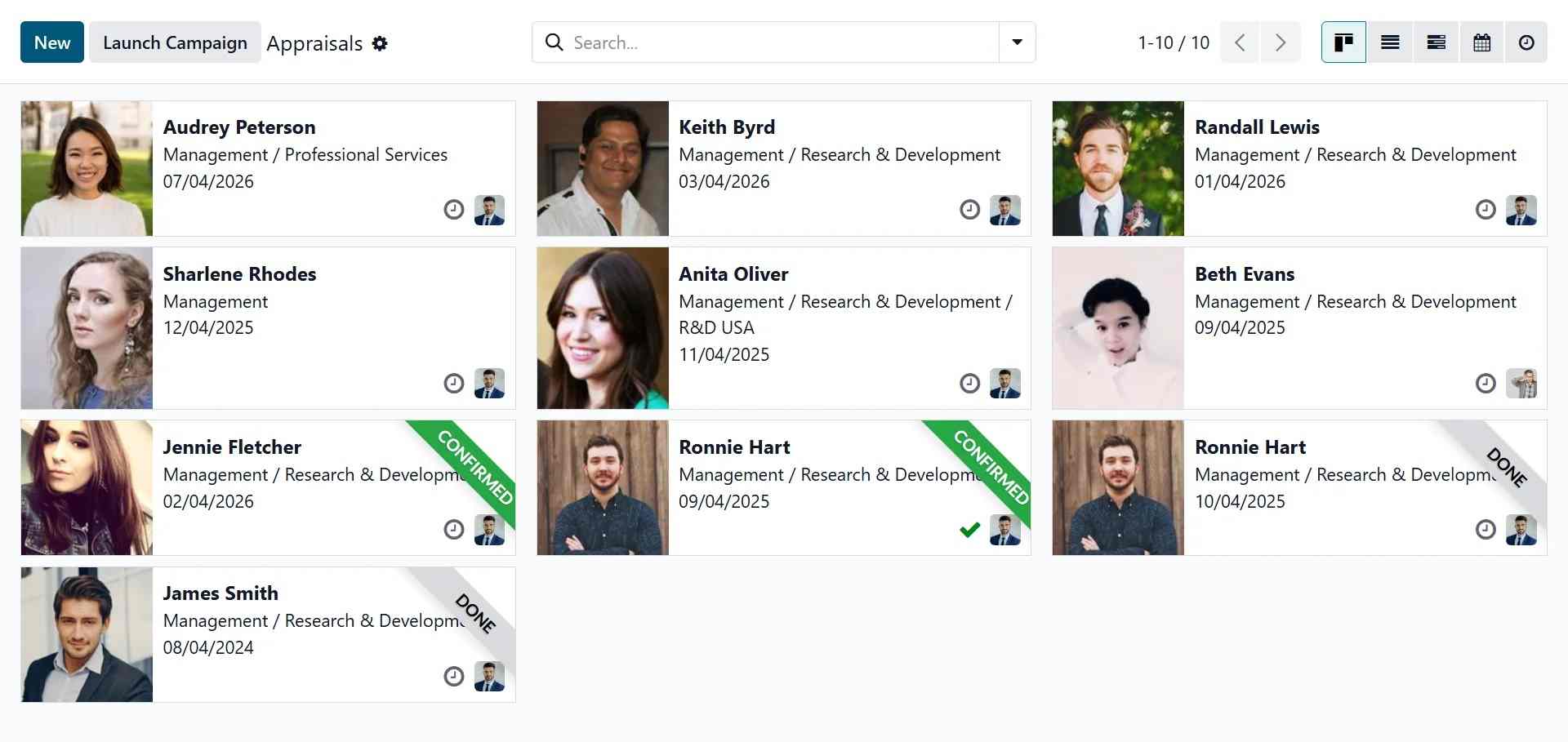
Transparency holds everyone accountable and signals to employees that fairness is not optional; it’s operationalised.
5. Encourage Self-Assessment and Manager Calibration
Technology helps minimise bias, but culture enforces it. Fair appraisals work best when employees have a voice and when managers are aligned in their evaluation standards.
Numla HR supports self-assessments, allowing employees to share their achievements and challenges before manager review. This encourages reflection and gives HR a balanced context for comparison.
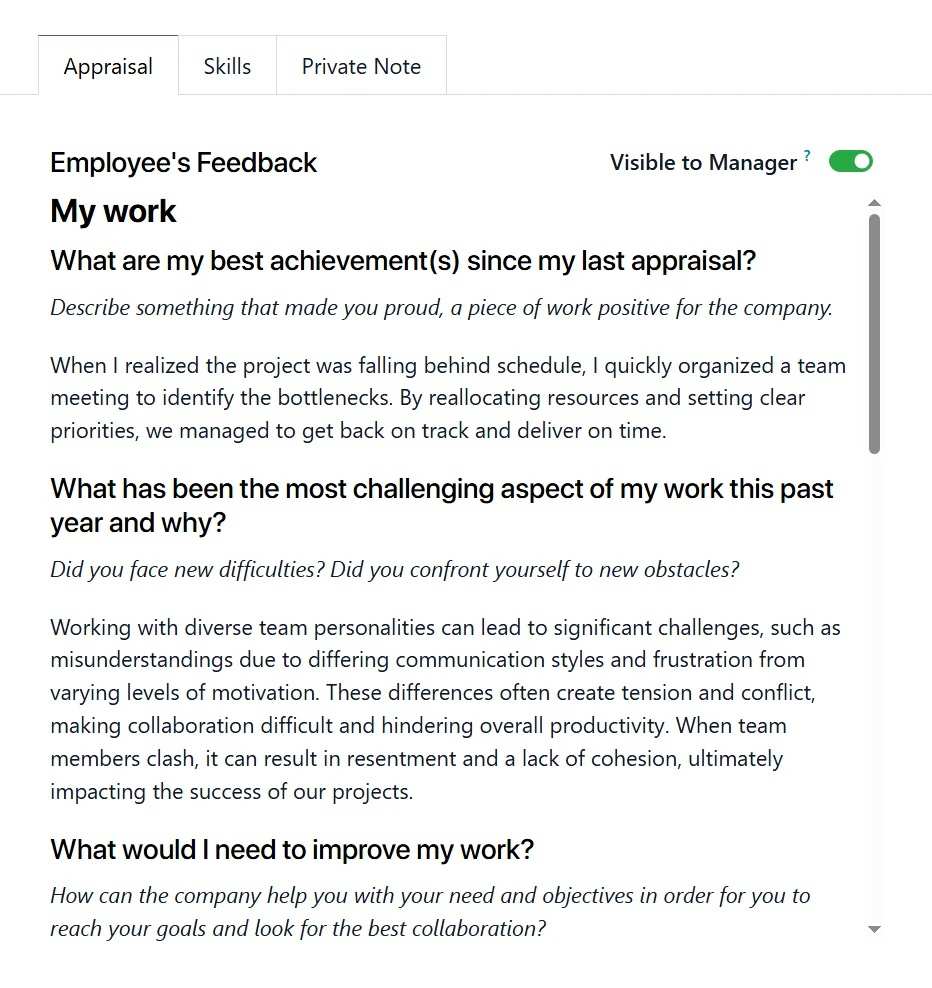
HR can also organise manager calibration sessions, using Numla HR’s data to review outliers and align rating standards across teams. The result: a unified understanding of what “meets expectations” or “exceeds expectations” really means.
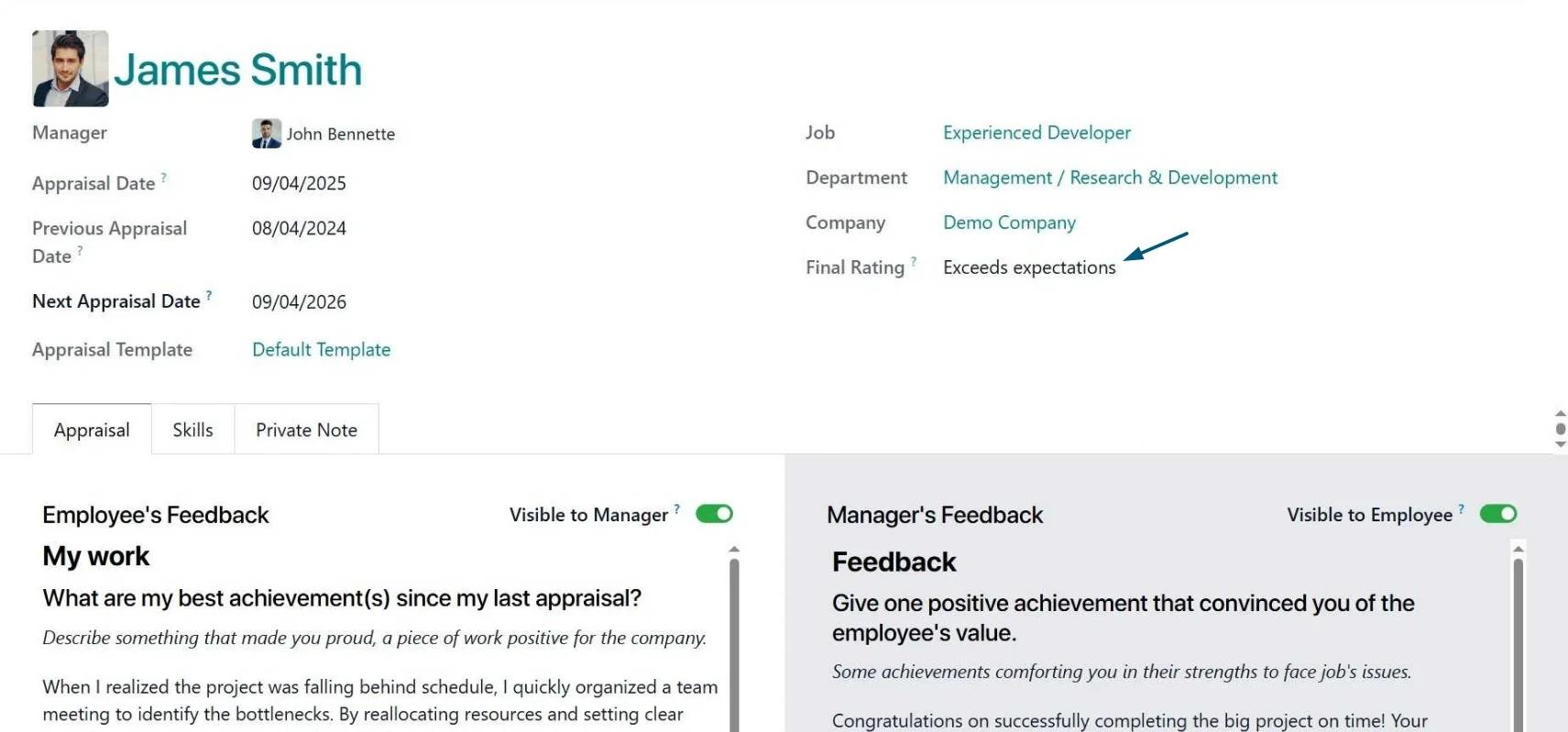
Turning Data into Decisions
Once reviews are finalised, Numla HR automatically stores them in each employee’s history. Over time, this builds a powerful database for HR analytics, identifying top performers, tracking development progress, and spotting potential skill gaps.

This data-driven appraisal history supports objective decisions about promotions, training programs, and succession planning. Instead of relying on recollection or gut feel, HR can point to performance trends backed by consistent evidence.
That’s how fairness translates into stronger business outcomes.
Building a Culture of Fair Feedback
Removing bias isn’t a one-time fix; it’s an ongoing discipline. Organisations that treat performance management as a continuous dialogue, not a yearly event, naturally build fairness into their culture.
Numla HR makes this possible by combining structured appraisals, goal alignment, feedback loops, and transparent dashboards in one unified system. Managers get clarity, employees get recognition, and HR gets trustworthy data to drive growth..
Final Thoughts
Bias will exist to some degree, but it doesn’t have to define your performance management system. By standardising processes, collecting multi-source feedback, linking goals, and maintaining transparency, HR leaders can make fairness the default, not the exception.
Numla HR helps organisations design fair, data-driven appraisal systems that empower both employees and managers to focus on growth.